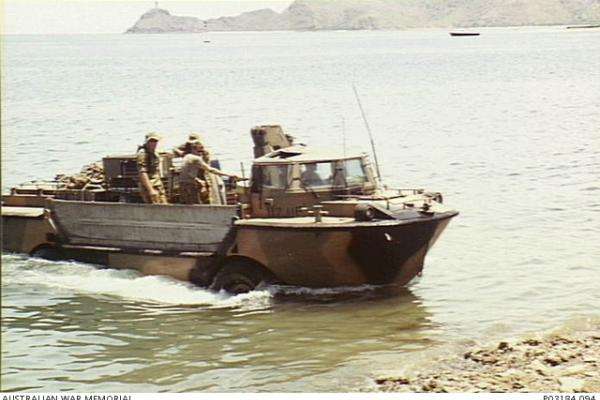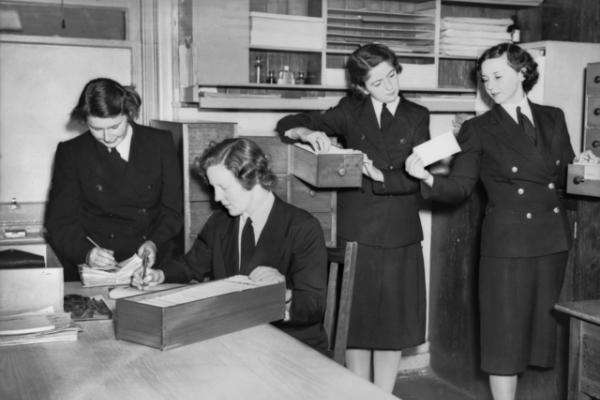The Royal Australian Navy
History
The first Australian naval forces were formed in the colonies in the late 1850s in response to fears of a Russian invasion. In 1901, the various colonial navies, and their motley collection of vessels, were amalgamated into the Commonwealth Naval Forces. In the years that followed, it was debated in Australia and Britain whether Australia needed its own navy or should simply finance the stationing of Royal (British) Navy vessels in Australian waters. Finally, in 1909, a decision was taken to acquire new ships for an Australian Navy and on 10 July 1911, the Royal Australian Navy (RAN) was formed. The first of the new ships arrived on 4 October 1913.
Organisation
In addition to basic seamanship qualifications, each member of the Royal Australian Navy is trained in a specialist trade, known as a "rate". These rates are numerous and have changed as naval technology has changed. The various rates are today classified into several functional groupings, or branches, which are listed below. Earlier in the RAN's history these branches were more numerous.
Seaman
The Seaman Branch includes ordinary seamen, gunners, weapons systems operators, fire fighters, radar operators and clearance divers.
Technical Branch
This branch includes all personnel responsible for the maintenance and repair of weapons, machinery and electronic equipment as well as the operation of a vessel's propulsion system. Some technical branch sailors are also responsible for the operation of weapons systems.
Armourer Branch, Artisan Branch, Artificer Branch, Sailmaker Branch, Stoker Branch
Communications
The Communications Branch and its predecessors include the personnel responsible for all forms of communication between naval vessels and shore establishments as well as some internal ships communication.
Signal and Telegraphist Branch
The communications number on a searchlight platform. He is wearing headphones and a microphone. C255446
Supply and Secretariat
The Supply and Secretariat Branch and its predecessors include writers (clerks), cooks, stewards, naval stores and victualling supply staff.
Butcher Branch, Baker Branch, Printer Branch, Coding Branch
Medical
The Medical Branch is made up of medical and dental staff.
Sick Berth Attendants
Naval Air
The Naval Air Branch includes all those responsible for the operation of naval aviation, including the mechanics, as well as naval meteorological and photographic personnel.




